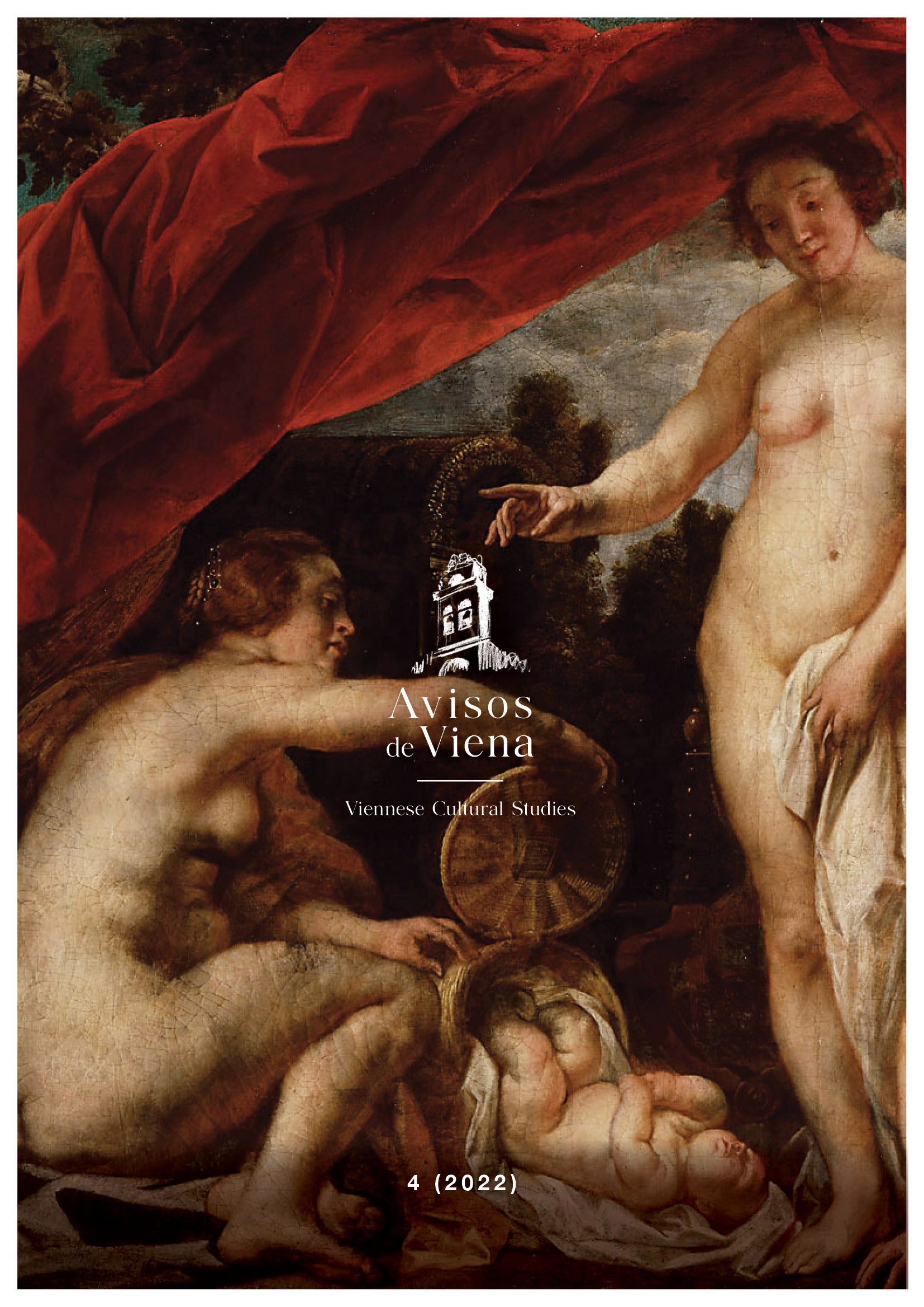Nachbenennung nach verstorbenen Geschwistern
Ein Familienschicksal des Zweiten Weltkriegs und eine spanische Namensliste aus dem 17. Jahrhundert
DOI:
https://doi.org/10.25365/adv.2022.4.7519Keywords:
World War II, Displacement, Family history, Naming traditions, Grief and remembranceAbstract
The article delves into the poignant narrative of familial loss and remembrance within the context of post-World War II displacement. Through the lens of personal family history, the author recounts the story of Kurt, a young child lost amidst the upheaval of war and migration. Kurt's tragic passing reverberates through generations, leading to the curious practice of renaming subsequent children after their departed siblings. Drawing parallels with historical naming traditions, such as those found in the Spanish village of Mieza, the article explores the multifaceted motivations behind such naming conventions, from honoring the deceased to seeking solace and continuity. Through meticulous research and evocative storytelling, the article sheds light on the complex interplay of grief, memory, and familial bonds in the aftermath of profound loss.
References
Aichinger, W. (2021). Grandmothers reborn: Allomaternal care as an uncharted territory of Spanish history. Avisos de Viena, 2, 12–25.
Lanzinger, M. (2002). Namenkultur—Mikrohistorisch und auch quantitativ. Historische Anthropologie, 10(1), 115–124.
Leopold I. (1903). Privatbriefe Kaiser Leopold I. an den Grafen F. E. Pötting 1662-1673. Teil I, Nov. 1662-Dez. 1668 (A. F. Pribram & M. Landwehr von Pragenau, Eds.). Wien: Kommission bei Carl Gerold’s Sohn.
Mitterauer, M. (2011). Traditionen der Namengebung: Namenkunde als interdisziplinäres Forschungsgebiet. Böhlau.
Seibicke, W. (2019). Die Vornamen. In W. Seibicke, Die Personennamen im Deutschen. Berlin, Boston: De Gruyter.
Downloads
Published
How to Cite
Issue
Section
License
Copyright (c) 2022 Marie Stockinger

This work is licensed under a Creative Commons Attribution 4.0 International License.
© Open Access, CC BY 4.0








